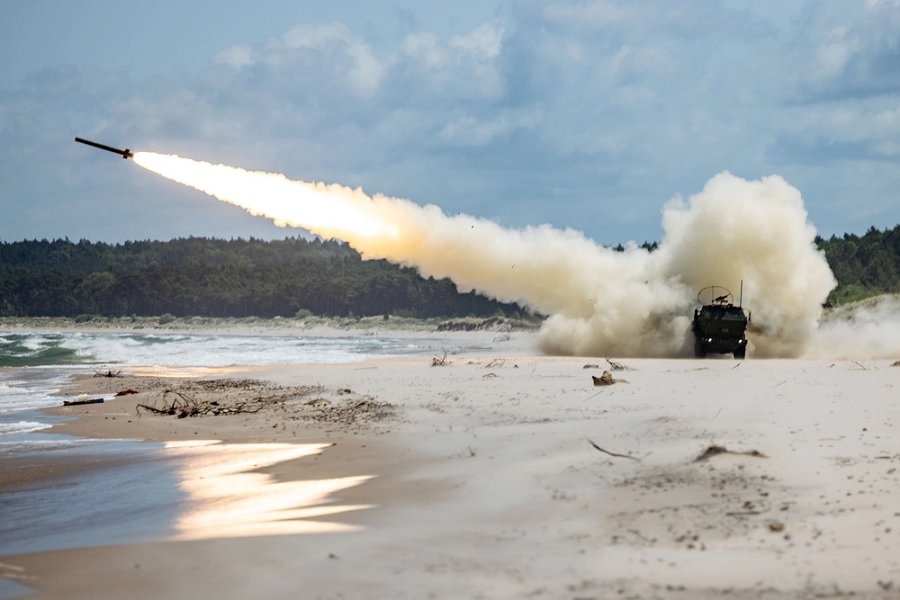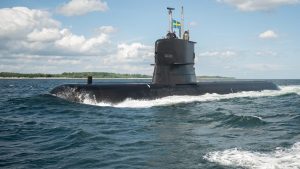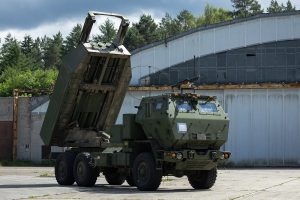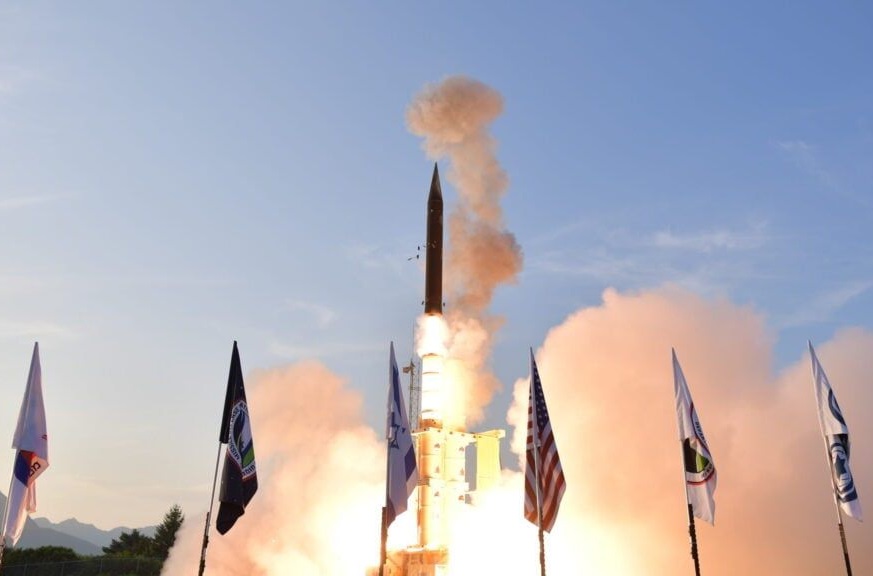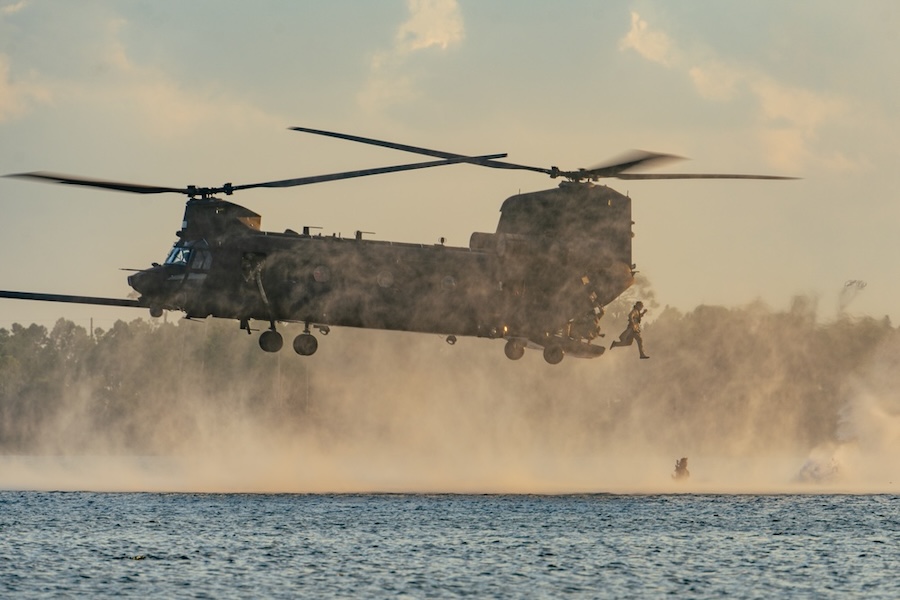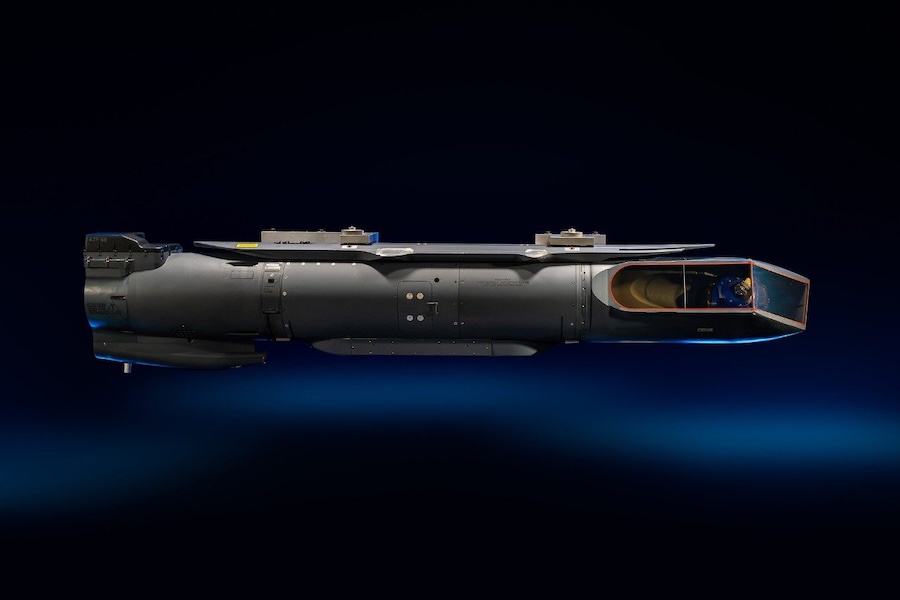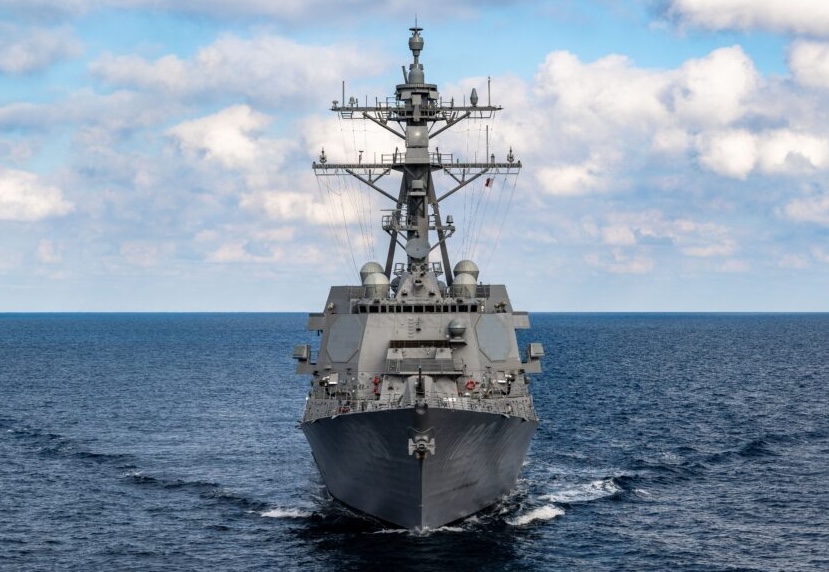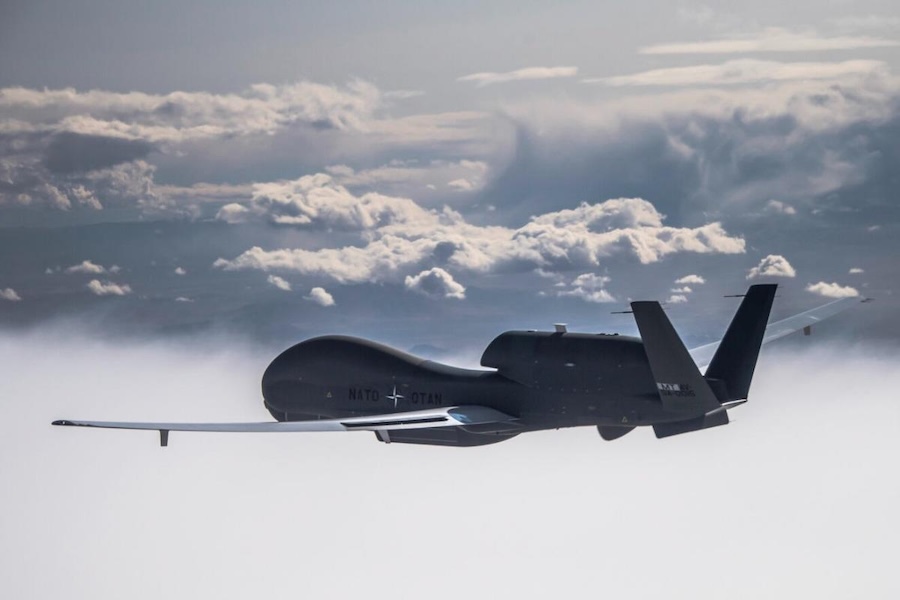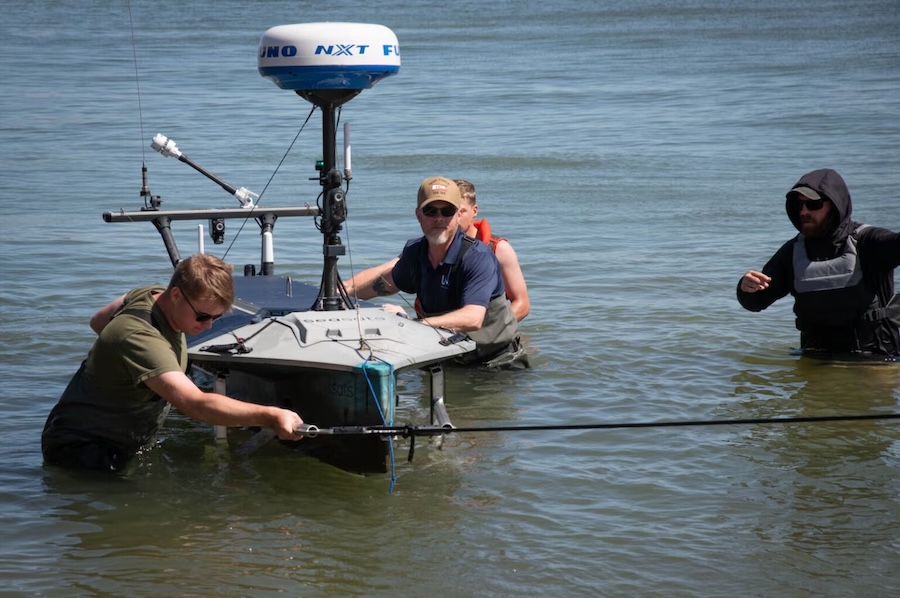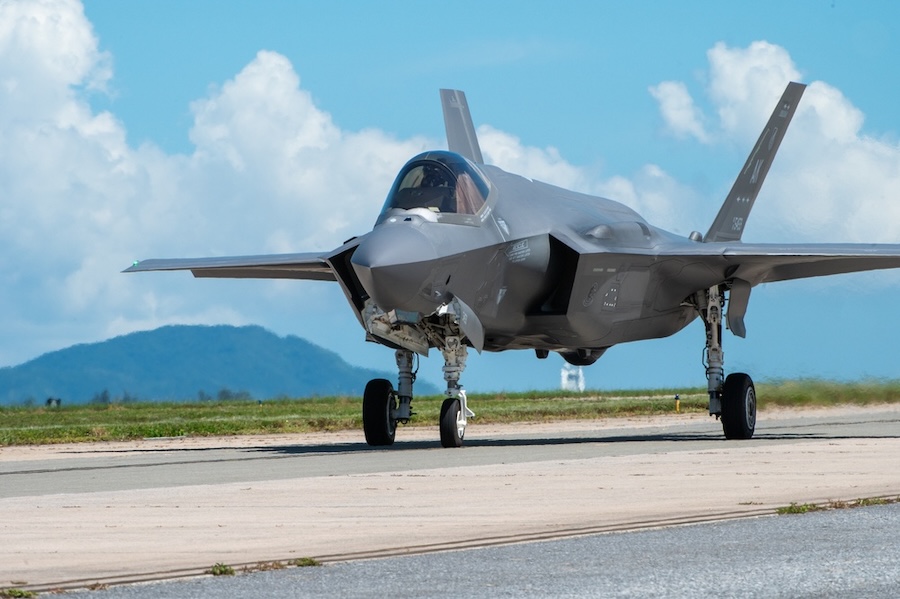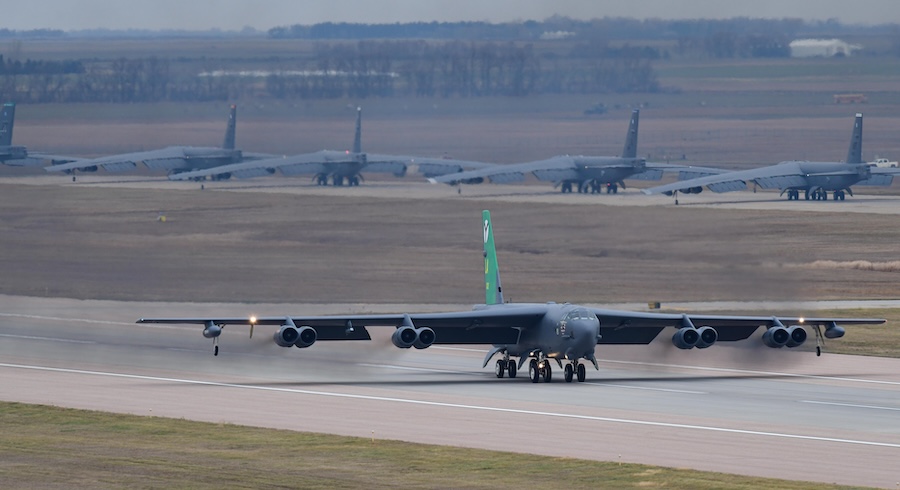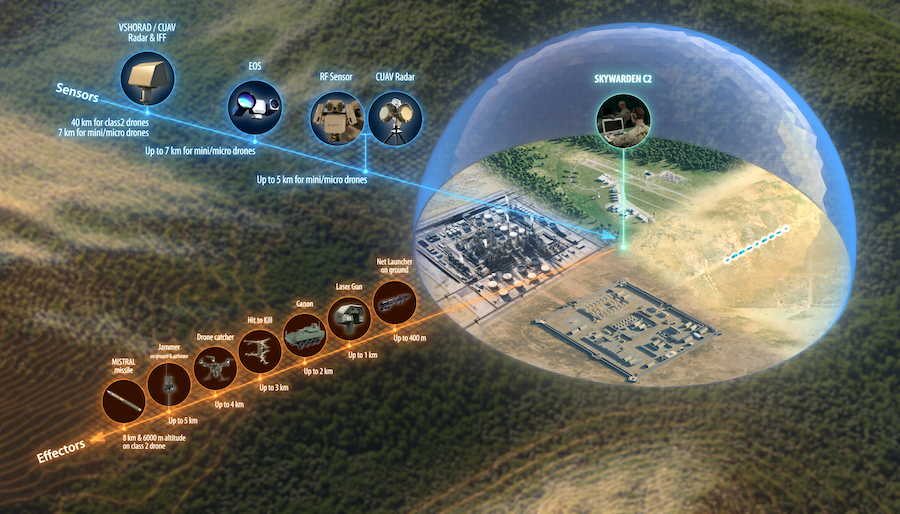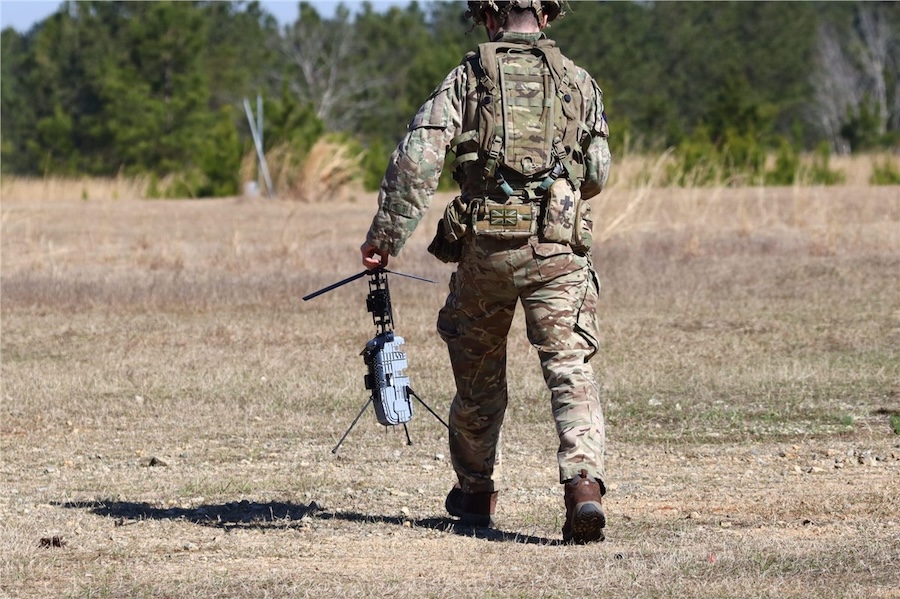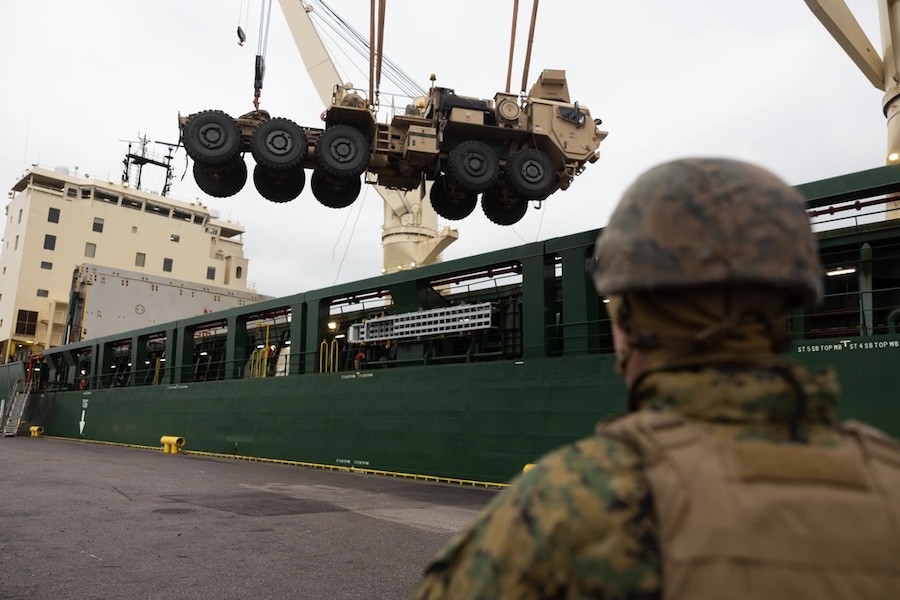“Since 1972, NATO Allies have joined together in the Baltic Region to demonstrate our commitment to the maritime security of the Baltic Sea,” said Vice Adm. J.T. Anderson, commander of U.S. 6th Fleet and STRIKFORNATO. “BALTOPS 25 has built upon that legacy, and validated a simple truth: the NATO Alliance, now in its eighth decade, remains as robust and relevant as ever.”
This year’s exercise featured several key achievements, including the highest-ever Special Operations Forces participation and the first deck-landing of a Polish Mi-17 helicopter aboard a U.S. Navy ship. Air defence drills included a U.S. Navy P-8 Poseidon, Portuguese F-16s, and RAF Typhoon jets, while U.S. and Latvian forces built trench systems in Latvia based on modern warfare insights.
Unmanned systems also played a central role, with U.S. 6th Fleet’s Task Force 66 testing autonomous maritime platforms in Ustka, Poland. These systems performed missions such as target identification, contested resupply, and simulated fast attack craft engagements, supporting future defence strategies against unmanned threats.
“Task Force 66 operates through strong collaboration with U.S. Navy programs, NATO Allies, and partner nations,” said Rear Adm. Michael Mattis, commander of Task Force 66. “By leveraging our collective expertise and technology, we aim to demonstrate strength and bolster maritime security not just here in the Baltic Sea, but in other maritime environments.”
The exercise began with a pre-sail conference on 3 June in Rostock, Germany, where leaders aligned operations and addressed regional maritime challenges. From 5 June, warships conducted tactical drills, anti-submarine training, gunnery exercises, and mass-casualty simulations, with chaplains and spiritual counsellors supporting multinational personnel.
On land, U.S. Marines launched HIMARS rocket systems in Latvia, Lithuania, and Poland, conducting simulated attack operations alongside the Latvian Armed Forces. These activities reinforced the interoperability and operational readiness of NATO forces across both sea and shore domains.
Coordinated through STRIKFORNATO in Oeiras, Portugal, the exercise benefited from a multinational liaison and command structure that enabled seamless execution across units and nations. “The Baltic Sea region is an area of significant strategic interest to the Alliance,” said Rear Adm. Craig Wood, CBE, Deputy Commander of STRIKFORNATO. “Exercises like BALTOPS are absolutely vital for ensuring NATO nations can integrate quickly and effectively to defend our Baltic Allies in times of crisis.”
Participating countries included Belgium, Denmark, Estonia, Finland, France, Germany, Italy, Latvia, Lithuania, the Netherlands, Norway, Poland, Portugal, Sweden, the United Kingdom, and the United States. Planning is already underway for BALTOPS 2026, which will expand on the lessons and successes of this year’s operation.




